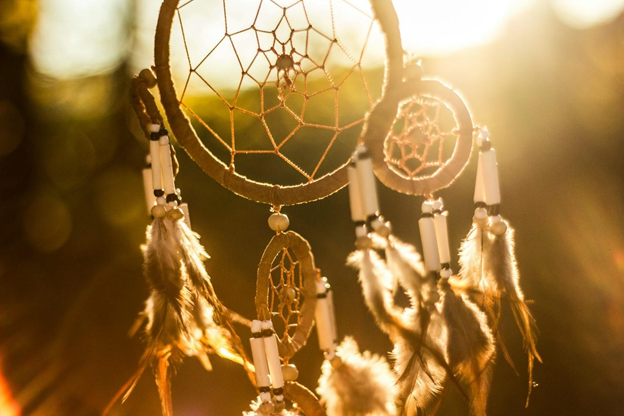Native American art and artifacts are not just only objects or art pieces. They are the representation of the rich heritage, closely connected to history, spirituality, and tradition. There are many types of artifacts, such as pottery, textiles, jewelry, and ceremonial objects. They offer a window into the rich traditions of Indigenous peoples. That’s why determining the value of such pieces of art is not an easy task. You should have a proper knowledge of cultural significance, historical context, and artistic craftsmanship. Professional native American art appraisers are of great help in this evaluation by employing expertise and methodologies.
Here is how native American art appraisers determine the value of Indigenous artifacts.
1. Native American Art Appraisers Verify the Authenticity and Provenance
The process of art appraisal starts with verifying the authenticity of the artifacts. This verification requires the knowledge of history and expertise to identify the origin of the art. In this process, native American art appraisers are fully equipped with an understanding of native American art. They thoroughly examine materials, construction techniques, and stylistic elements to confirm that the piece is genuinely of Native American origin. If the artifact has some documented history, it can help confirm its provenance and authenticity. A well-documented provenance, tracing the artifact’s ownership back to its original creator or early collectors, can significantly impact the authenticity and, ultimately, the appraisal value.
2. Cultural and Historical Significance
When you work with native American appraisers, you can be sure that they consider the tribal origin of the artifact. It’s important to understand cultural and historical significance because different tribes have different artistic styles, techniques, and iconography. Native American appraisers assess the item’s role within its originating tribe, its ceremonial or utilitarian purposes, and its representation of specific historical periods or events. When the artifacts are linked to significant cultural practices or historical moments, it can lead to higher values due to their rarity and importance.
3. Condition and Rarity
The physical condition of every artifact piece is one of the major things that significantly impact its value. These types of artifacts are to be preserved well to prevent them from damage. Well-preserved items are more desirable.
On the other hand, rarity is also an essential part that impacts the value of an artifact. Unique or scarce items, especially those from tribes with limited surviving artifacts, are highly valuable. The native American appraisers thoroughly check the condition and rarity of the artifacts. That is, they can determine better value for items.
4. Artistry and Craftsmanship
The level of artistry and craftsmanship exhibited in an artifact is also a key determinant of its value. Native American appraisers use their knowledge to assess the skill, precision, and creativity that is demonstrated in the creation of the piece. Some pieces really have unique or exceptional features. These features may include intricate details, innovative techniques, or the use of rare materials. These things can significantly increase the value of an artifact.

